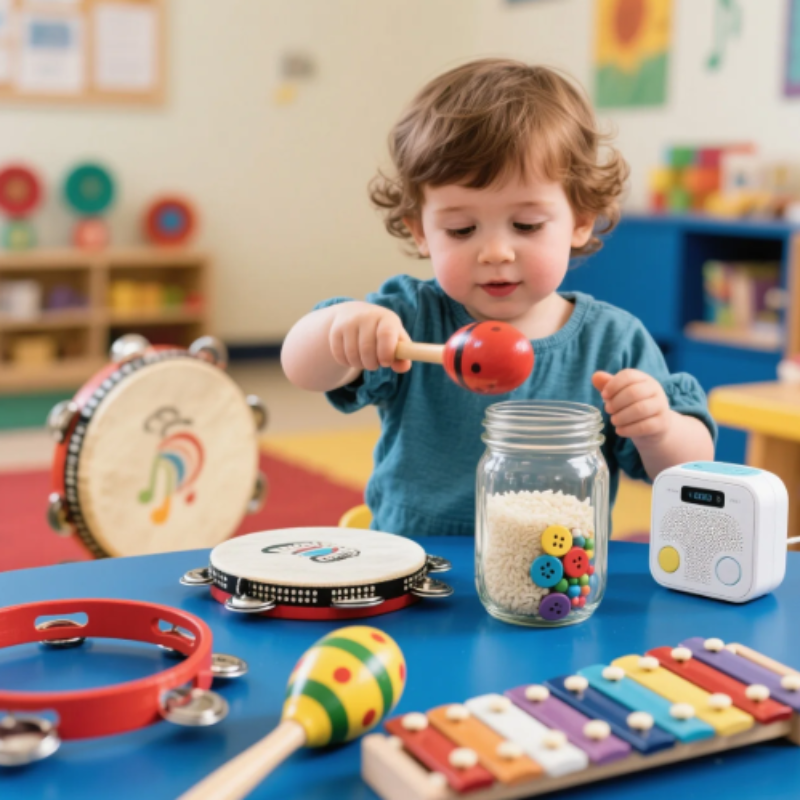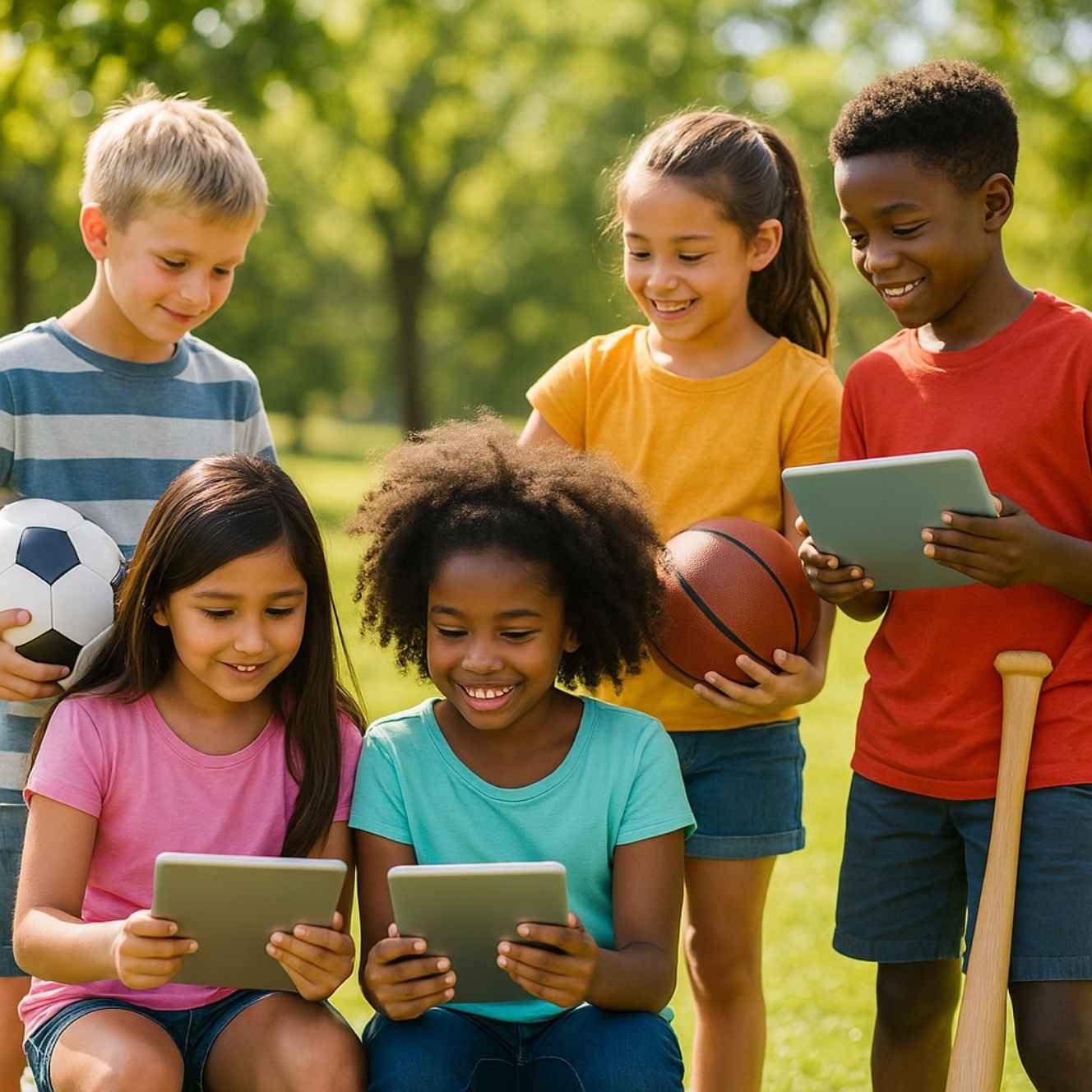Introduction
Screens fill today’s living rooms, classrooms, and even grocery carts, but not every pixel competes for a child’s attention in the same way. When parents hear the phrase “too much screen time,” the unspoken assumption is often that all digital activities are created equal—yet research and real-world experience show a more nuanced picture. An animated movie that sparks a dinner-table conversation, a coding puzzle that teaches logic, and a group video call with cousins each engage a child’s mind differently. Classifying these activities helps families decide when a device supports growth and when it distracts or overwhelms. Below, we break modern screen use into five broad types, unpack how each influences learning and well-being, and offer practical tips for keeping the benefits while trimming the drawbacks.
1. Passive Screen Time
Passive screen time is any viewing experience where the user simply receives content without responding—think binge-watching cartoons, scrolling auto-play videos, or letting background TV chatter fill the room. Because there’s little interaction, the brain slips into a lean-back mode: eyes track motion and ears pick up sound, but problem-solving circuits nap. Small doses can soothe sick days or power down a busy afternoon, yet heavy passive intake is linked to reduced vocabulary growth in toddlers, shorter attention spans in school-age kids, and poorer sleep when screens glow close to bedtime.
Parents can moderate passive time by pre-selecting programs, scheduling clear “showtime windows,” and co-viewing when possible to add conversation. Asking a first grader why a cartoon hero acted bravely or pausing a nature documentary to explain a new species turns one-way content into a spark for curiosity. Equally important is the physical setup: dimming lights and switching off autoplay keep consumption intentional, not endless.

2. Interactive Screen Time
Interactive screen time invites the user to poke, swipe, build, or solve—examples include video games that require strategy, coding apps that teach loops and variables, or augmented-reality scavenger hunts that blend physical movement with digital clues. Cognitive scientists note that interactive engagement lights up executive-function regions of the brain, supporting skills like planning, mental flexibility, and hand-eye coordination. Competitive games foster quick reflexes; sandbox titles like Minecraft nurture spatial reasoning and creativity; logic-puzzle apps strengthen sequential thinking.
Still, the adrenaline rush of fast-paced games can overstimulate, and in-app reward loops tempt longer play than intended. Setting session timers, using parental dashboards to track achievements not just hours, and encouraging brief “body breaks” between levels help maintain balance. Families might also rotate interactive genres—pairing a physics-based building game with a calmer digital jigsaw—to prevent monotony and broaden skill development.

3. Social (Communication-Driven) Screen Time
Social screen time centers on connecting with others: texting classmates about homework, voice-chat in cooperative games, posting a dance challenge to social media, or video-calling grandparents across time zones. Psychologists treat these interactions as digital extensions of the playground or dinner table; they can bolster emotional bonds, cultural identity, and even language fluency when relatives speak another tongue. During global lockdowns, for instance, virtual birthdays preserved community spirit and reduced loneliness.
Yet communication apps carry pitfalls—cyberbullying, fear of missing out (FOMO), and endless group-chat notifications that fragment attention. Ground rules such as “no phones at family meals,” shared review of friend lists, and staged onboarding (e.g., starting with moderated kid-safe messengers before open platforms) build digital citizenship muscles. Parents who model respectful online debate and timely sign-offs teach children the etiquette of stepping away just as surely as they once taught “say goodbye before leaving the playground.”

4. Educational (Learning-Focused) Screen Time
Educational screen time purposely delivers knowledge or reinforces classroom lessons: interactive math drills, virtual museum tours, foreign-language apps, or teacher-assigned documentaries. Well-designed programs adapt to a learner’s pace, offer immediate feedback, and weave in narrative hooks that textbooks sometimes lack. Studies show adaptive math apps can accelerate mastery of basic facts, and virtual labs let high-schoolers simulate costly chemistry experiments without safety risks.
To maximize payoff, select resources vetted by educators or child-development specialists and link digital lessons with hands-on follow-ups—after a geology app, examine real rocks in the backyard; after a history video, map the events on a timeline poster. Beware “edu-marketing” that disguises ads as quizzes; reading privacy policies together teaches critical consumption. A family media plan that pairs 30 minutes of lesson time with offline reflection keeps devices from replacing other sensory learning.

5. Creative (Productive or Maker) Screen Time
Creative screen time flips the consumer-producer script: kids shoot and edit short films, compose music tracks, design digital art, or craft 3-D models for printing. Here, the screen becomes a canvas or workshop, translating imagination into shareable output. Cognitive benefits include divergent thinking, perseverance through trial and error, and a tangible portfolio that can boost confidence. A tween who animates a comic gains storytelling skills; a teen who builds a photo filter learns both aesthetics and light physics.
Challenges arise when perfectionism stalls sharing or when complex software overwhelms novices. Scaffolding helps—start with simple drag-and-drop editors before advanced suites, celebrate rough drafts, and discuss Creative Commons licensing so original work stays protected. Family “show-and-tell nights” where everyone presents a three-minute demo nurture pride and peer feedback. Over time, creative screen time can evolve into career-relevant literacy, from UX design to digital marketing.

Conclusion
Classifying screen use into passive, interactive, social, educational, and creative buckets reframes the conversation from “how many hours?” to “what kind of hours?” Once families speak this shared language, setting limits becomes a matter of purpose, not punishment. A weekend movie marathon might be fine after a school week rich in coding challenges and video calls with cousins; a night of digital drawing can coexist with a morning spent outdoors. By matching each digital activity to a child’s developmental stage and personal interests—and by sprinkling in guidance, breaks, and real-world follow-through—parents transform screens from an indiscriminate glow into an intentional toolkit for growth.





